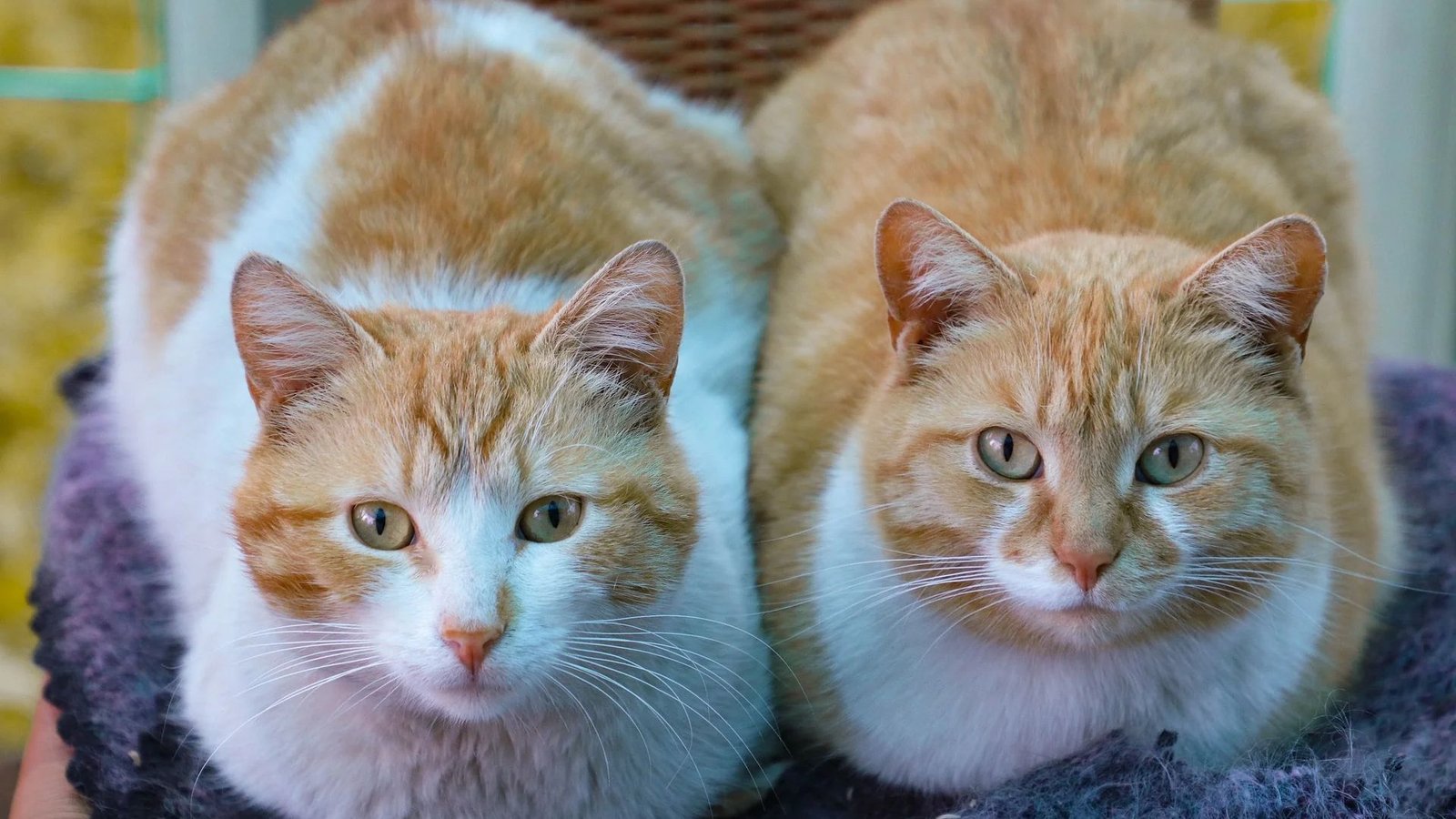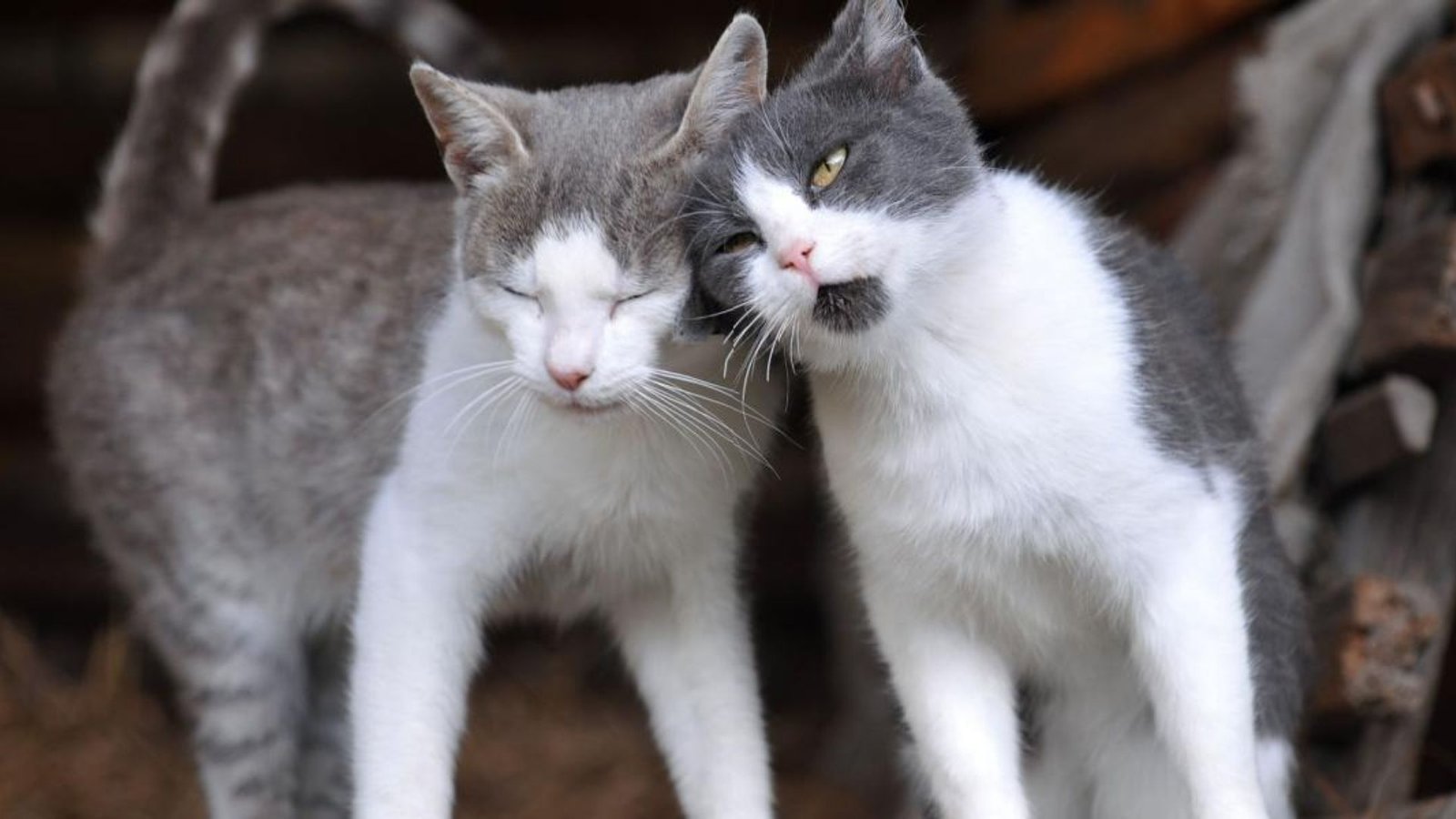When choosing a cat, one of the most common questions pet owners ask is, “What’s the difference between male cats vs female cats in behavior?” While every cat is unique, there are some general trends that can help you understand the typical differences between male and female cats. In this article, we’ll explore the behavioral traits of male and female cats, so you can make an informed decision when bringing a new feline friend into your home.

1. Affection Levels: Male Cats vs Female Cats
One of the main differences between male cats and female cats in behavior is their level of affection. Male cats are often more affectionate and social than female cats. Many male cats enjoy sitting on your lap, being petted, and following you around the house for attention. They often seek out their owners and can be very loving, especially if they’ve been neutered.
In contrast, female cats tend to be more independent. While many female cats enjoy being petted, they may not seek out attention as much as male cats. Female cats can be just as loving, but they often prefer to come to you on their own terms rather than being constantly attached to your side.
2. Territorial Behavior: Male Cats vs Female Cats
Territorial behavior is another area where male and female cats differ. Male cats, particularly unneutered ones, can be much more territorial. They may mark their territory by spraying urine or become aggressive towards other animals or even people if they feel their space is being invaded. This behavior is linked to their natural instincts to protect their territory and attract mates.
Female cats are typically less territorial than males. While they can still show some territorial behaviors, such as protecting their favorite spots, they are usually less prone to marking their territory. Unspayed female cats, however, may show aggressive behaviors during mating season, often in response to male cats.
3. Playfulness and Energy: Male Cats vs Female Cats
When it comes to playfulness and energy levels, male cats tend to be more playful and active, especially when they’re young. Male cats are often more curious and willing to explore their surroundings. They enjoy playing with toys, chasing things, and engaging in physical activities.
Female cats are often less energetic and might prefer quieter, less active play. They may still enjoy playing with toys or engaging in interactive play, but they are generally more reserved in their behavior. Female cats can also be more content to relax and observe rather than run around or explore as much as male cats do.
4. Aggression: Male Cats vs Female Cats
Male cats, especially if they are not neutered, are more likely to display aggressive behavior compared to female cats. This is often due to their higher testosterone levels, which can make them more competitive with other males, both in terms of territory and mates. Unneutered male cats may engage in fights, mark territory with urine, and show more dominant or territorial behavior. Once neutered, many of these behaviors reduce significantly.
Female cats tend to be less aggressive overall, although they can become aggressive during mating season, especially if there are male cats around. Aggression in female cats is often linked to their reproductive cycle, but once spayed, they tend to be calmer and less likely to display aggression than males.
5. Independence: Male Cats vs Female Cats
When it comes to independence, female cats are generally more independent than males. They are often more content to do their own thing, whether it’s resting in a quiet corner or exploring on their own. Female cats tend to be more self-sufficient and are usually okay with being left alone for longer periods of time.
On the other hand, male cats, particularly neutered males, are often more dependent on their owners for attention and affection. They may follow you from room to room, seek out your company more frequently, and may be more eager to interact with you. While males can still be independent, they generally need more attention and companionship.
6. Health and Behavioral Issues: Male Cats vs Female Cats
There are a few behavioral issues that can be linked to gender. Male cats, especially if unneutered, may exhibit behaviors like spraying, aggressive marking, and roaming in search of mates. Neutering a male cat can significantly reduce these behaviors.
Female cats are more likely to exhibit behavioral changes during their heat cycle (estrus). An unspayed female cat may become more vocal, restless, and may even exhibit aggression during mating season. However, once spayed, female cats tend to experience fewer behavioral issues related to their reproductive cycle.
7. Overall Temperament: Male Cats vs Female Cats
When it comes to temperament, male cats are typically more laid-back and affectionate, especially when neutered. They tend to form strong bonds with their owners and may be more social and outgoing.
Female cats can be just as loving, but they tend to be more reserved and independent. They are often more cautious and less likely to seek out attention, though they may still enjoy cuddling and affection on their own terms.
Conclusion
So, male cats vs female cats in behavior—what’s the main takeaway? While there are some general trends, every cat is unique, and personality can vary greatly within each gender. Male cats tend to be more affectionate, territorial, and playful, especially when they’re neutered. Female cats are generally more independent, less territorial, and often calmer overall. Understanding these differences can help you choose the right cat for your household, but it’s important to remember that individual temperament plays a huge role as well.
Regardless of whether you choose a male or female cat, both can make loving and wonderful pets. The key is understanding their needs, providing proper care, and respecting their unique personalities!




